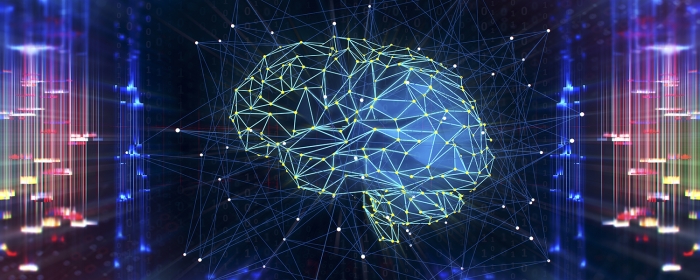 (Image credit: Stanford University and Getty Images)
(Image credit: Stanford University and Getty Images)
- Written by Stanford News
Deep learning comes full circle
Artificial intelligence drew much inspiration from the human brain but went off in its own direction. Now, AI has come full circle and is helping neuroscientists better understand how our own brains work.
In 2014, Yamins and colleagues showed that a deep learning system that had learned to identify objects in pictures – nearly as well as humans could – did so in a way that closely mimicked the way the brain processes vision. In fact, the computations the deep learning system performed matched activity in the brain’s vision-processing circuits substantially better than any other model of those circuits.
“Once you have a sensory impression of the world, you want to make decisions based on it,” Yamins said. “We’re trying to make models of decision making, learning to make decisions and how you interface between sensory systems, decision making and memory.”
The research results are published in this article.
Read the full article at Stanford News.
Visible Legacy Comment
The research team believes that there are good next goals for cognitively inspired artificial intelligence. Tech Scouts following the Stanford Bio-X ecosystem will find this collaboration between psychology and physics of interest.
Additional Info
-
Navigator:
 Explore the map in Navigator
Explore the map in Navigator - Widget:
- Caption: Map of Stanford Neurosciences Institute
Related items
- The future of health care is in our cells
- Federal funding will help WSU professor develop technology to recover rare earth elements
- Unlocking the brain: Peptide-guided nanoparticles deliver mRNA to neurons
- Scientists Get to the Bottom of COVID’s Worst Pediatric Complication
- WSU-inspired national gene-editing task force begins work
